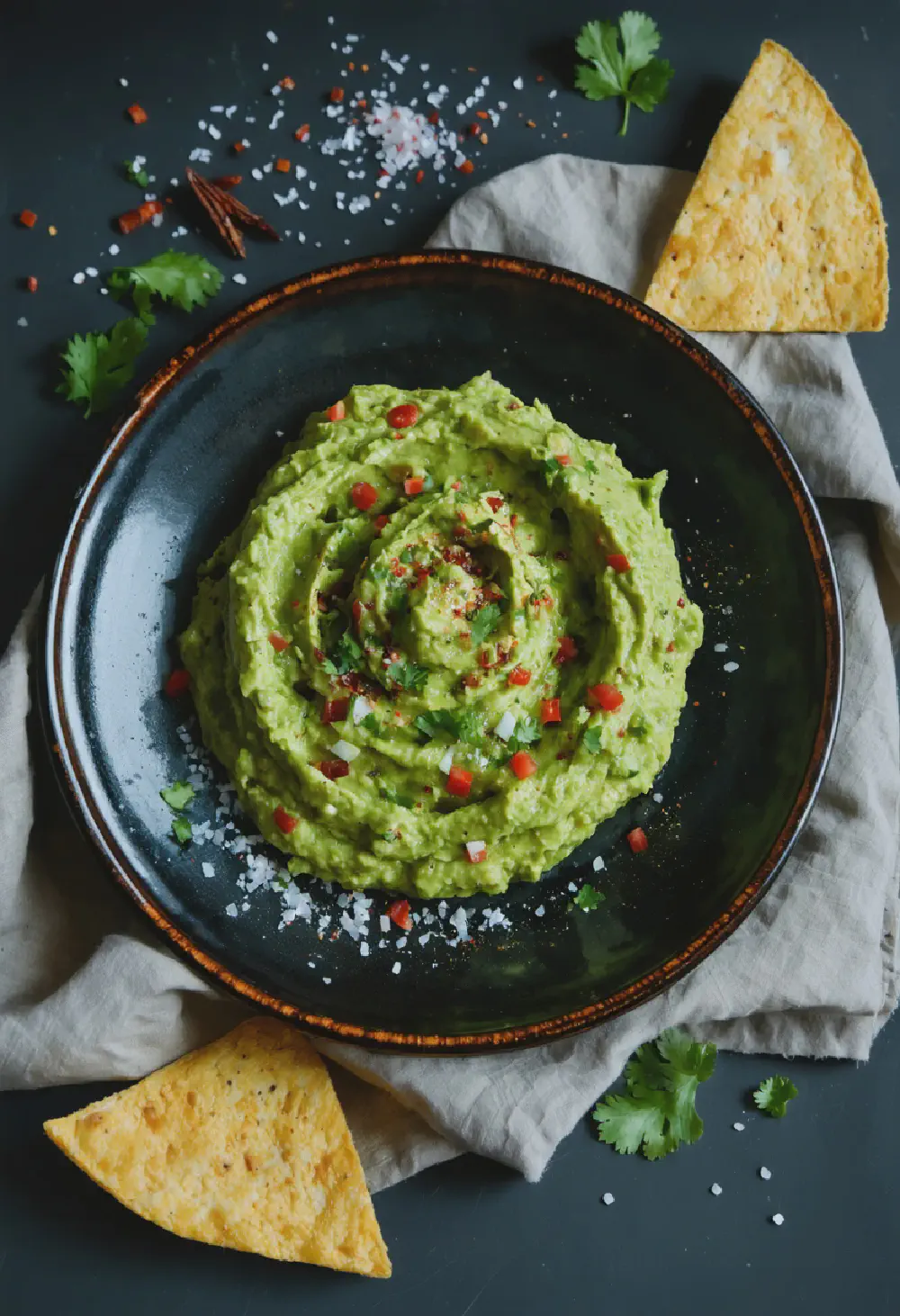Chicken Satay
30M
45M
- Makes 4
- 500g boneless chicken thighs, cut into thin strips
- 2 cloves garlic, minced
- 1 tablespoon coriander seeds, toasted and ground
- 1 teaspoon turmeric powder
- 1 tablespoon sweet soy sauce (kecap manis)
- 1 tablespoon vegetable oil
- 1 stalk lemongrass, white part only, finely chopped
- 1 teaspoon salt
- Bamboo skewers, soaked in water for 30 minutes
- For the peanut sauce:
- 100g roasted peanuts, finely ground
- 1 clove garlic, minced
- 1 tablespoon sweet soy sauce (kecap manis)
- 1 tablespoon tamarind paste
- 1 teaspoon palm sugar or brown sugar
- 100ml water
- 1 tablespoon vegetable oil
- 1 teaspoon chili flakes (optional)
- In a bowl, combine the minced garlic, ground coriander seeds, turmeric powder, sweet soy sauce, vegetable oil, chopped lemongrass, and salt to make the marinade.
- Add the chicken strips to the marinade and mix well to ensure all pieces are coated. Cover and refrigerate for at least 2 hours, or overnight for best results.
- Thread the marinated chicken onto the soaked bamboo skewers.
- Preheat your grill or grill pan over medium-high heat. Grill the chicken skewers for about 6-8 minutes, turning occasionally, until fully cooked and slightly charred.
- While the chicken is grilling, prepare the peanut sauce. In a saucepan, heat the vegetable oil over medium heat. Add the minced garlic and sauté until fragrant.
- Add the ground peanuts, sweet soy sauce, tamarind paste, palm sugar, and water to the saucepan. Stir well and simmer for about 5 minutes until the sauce thickens. Add chili flakes if using.
- Serve the grilled chicken satay hot with the peanut sauce on the side for dipping.
Chicken Satay: A Dive into Its History, Taste, and Cultural Significance
History
Chicken Satay, a beloved dish in Indonesian cuisine, has a rich history that traces back centuries. Originating from Java, Indonesia, the dish is believed to have been influenced by the culinary traditions of the Middle East, brought to the region by Arab and Indian traders. The word “satay” itself is derived from the Tamil word “sathai,” meaning “flesh.” Over time, Chicken Satay evolved to become a staple street food across Indonesia, with each region adding its unique twist to the marinade and accompanying peanut sauce. Today, it’s not only a popular dish in Indonesia but has also gained international acclaim, showcasing the country’s vibrant culinary heritage.
Taste Profile
The taste profile of Chicken Satay is a harmonious blend of savory, sweet, and spicy flavors, making it a delight for the palate. The chicken is marinated in a mixture of spices such as turmeric, coriander, and cumin, which infuse it with a deep, aromatic flavor. Grilling the skewered chicken over an open flame adds a smoky essence that complements the spices. The accompanying peanut sauce, made from ground peanuts, soy sauce, and a hint of chili, adds a creamy texture and a balance of sweetness and heat. This combination of flavors creates a mouthwatering experience that keeps food enthusiasts coming back for more.
Cultural Significance
In Indonesian culture, Chicken Satay holds a special place, often served at celebrations, family gatherings, and festive occasions. It embodies the communal spirit of Indonesian cuisine, where food is meant to be shared and enjoyed together. The dish is a testament to the country’s diverse culinary influences, reflecting the fusion of indigenous flavors with those introduced by traders and colonizers. Chicken Satay is not just a meal; it’s a cultural symbol that represents the warmth, hospitality, and rich heritage of Indonesia. Whether enjoyed at a street-side stall or a high-end restaurant, it continues to be a cherished part of Indonesian culinary tradition.



















